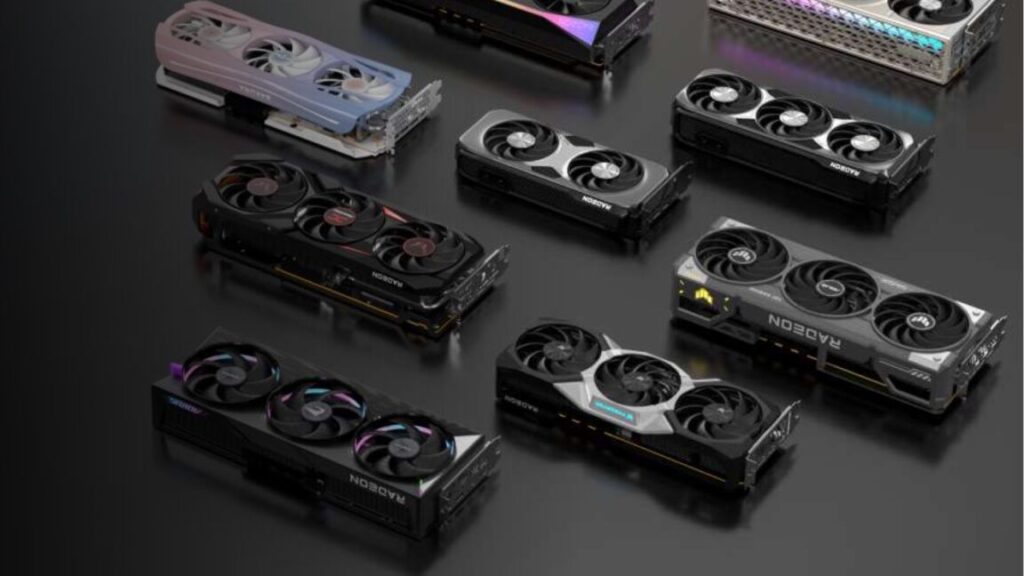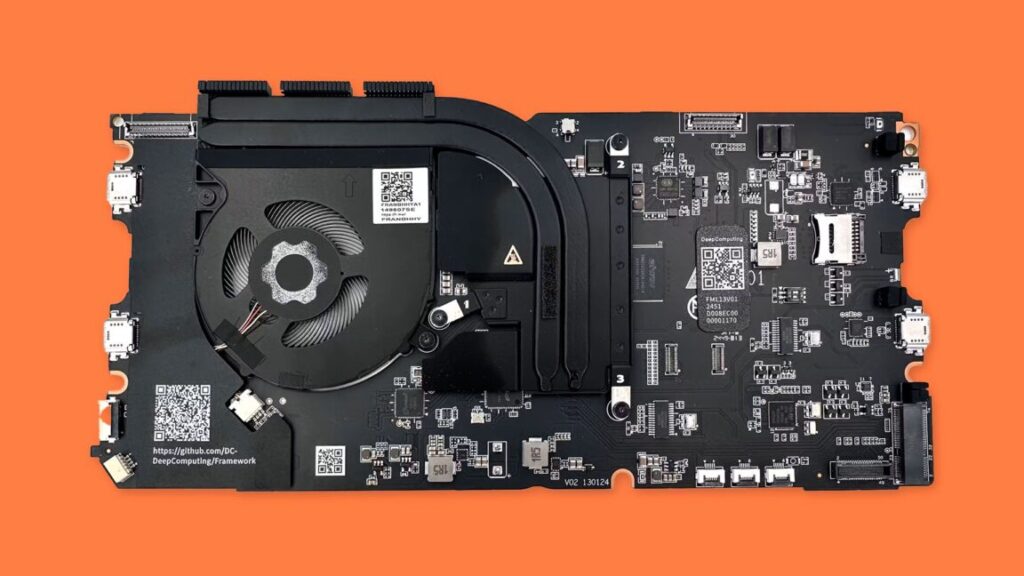Handful of users claim new Nvidia GPUs are melting power cables again
The 12VHPWR and 12V-2×6 connectors are both designed to solve a real problem: delivering hundreds of watts of power to high-end GPUs over a single cable rather than trying to fit multiple 8-pin power connectors onto these GPUs. In theory, swapping two to four 8-pin connectors for a single 12V-2×6 or 12VHPWR connector cuts down on the amount of board space OEMs must reserve for these connectors in their designs and the number of cables that users have to snake through the inside of their gaming PCs.
But while Nvidia, Intel, AMD, Qualcomm, Arm, and other companies are all PCI-SIG members and all had a hand in the design of the new standards, Nvidia is the only GPU company to use the 12VHPWR and 12V-2×6 connectors in most of its GPUs. AMD and Intel have continued to use the 8-pin power connector, and even some of Nvidia’s partners have stuck with 8-pin connectors for lower-end, lower-power cards like the RTX 4060 and 4070 series.
Both of the reported 5090 incidents involved third-party cables, one from custom PC part manufacturer MODDIY and one included with an FSP power supply, rather than the first-party 8-pin adapter that Nvidia supplies with GeForce GPUs. It’s much too early to say whether these cables (or Nvidia, or the design of the connector, or the affected users) caused the problem or whether this was just a coincidence.
We’ve contacted Nvidia to see whether it’s aware of and investigating the reports and will update this piece if we receive a response.
Handful of users claim new Nvidia GPUs are melting power cables again Read More »













